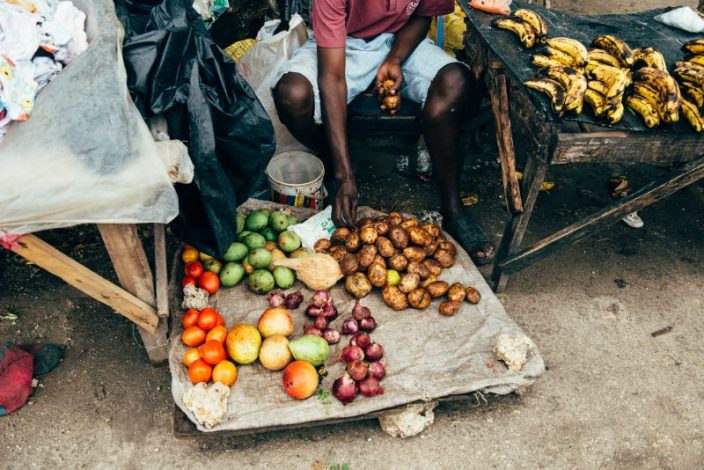We are poised on the edge of a breakthrough for agriculture in Africa. This is vital not only for the food security of hundreds of millions of Africans but also for the African economy and sustainable development on the continent.
We see a transformation underway from a subsistence-oriented agriculture sector into one that is more commercialized, profitably productive, and smallholder and entrepreneur-led. This comes at a time when food systems across the continent are responding to rapid urbanization, rising incomes, and changing diets.
Agricultural value chains are becoming more urbanized and consumer-driven, with a greater emphasis on quality and food safety. These dynamics are creating many new growth opportunities within Africa’s food systems.
Output and employment in agriculture continue to grow, and a great deal of value addition and employment is being created along value chains in the form of agricultural trade, farm services, agro-processing, urban retailing, and food services. However, these changes are not just happening on farms and in national governments.
The Africa Agriculture Status Report: The Hidden Middle: A Quiet Revolution in the Private Sector Driving
Agricultural Transformation examines the crucial role played by small and medium enterprises (SMEs) in driving this transformation. The midstream of the food value chain is particularly important, as it is the closest the market gets to the farmer.
This midstream consists of traders, truckers and processors. They connect the farmer with the downstream—retailers. The midstream constitutes about 40% of the total gross value of the value chains in sub-Saharan Africa. This is the same as the share from farms, and together, they are the essence of food value chains in Africa.
About 80% of the midstream of the value chains comprises SMEs. These are the motors of the value chain transformation, and of rural employment off-farm. We call this sector the “Hidden Middle” because it is often hidden from the policy debate—but it is not a “missing middle”. Contrary to perceptions, the report shows not only that the private sector is present, but that it has already “taken off”, and is ready for support and investment to thrive further. In fact, this Hidden Middle is dynamic, and undergoing and driving a “Quiet Revolution”.
We must learn from this, and help governments replicate it at scale across the continent, with improved support from public infrastructure and sound policies. Governments and donors need not “reinvent the wheel” and step indirectly to provide warehouses or transport or aggregation facilities, for example. The private sector is already
providing these services.
The role of government is instead to remove the constraints facing them and help the Quiet Revolution proceed further and faster.
Infrastructure and policy investments are how governments can help. This amplifies the role of the private sector in driving agricultural productivity, opening up markets, and facilitating increased private investment in the sector.
Roads connect farmers to input and output markets, while public investment in more and improved wholesale markets in secondary cities and rural towns helps connect farmers’ products to where the demand is.
As the processing sector grows, it will create value addition and markets, but it will need and seek more raw material supply— something the right policy and regulatory framework can help with.
Dr. Agnes Kalibata President, Alliance for a Green Revolution in Africa (AGRA).





1 Comment
Pingback: TechnoServe: Helping Entrepreneurs in Kenya, Nigeria, Côte d’Ivoire, Tanzania Maximize Profitability